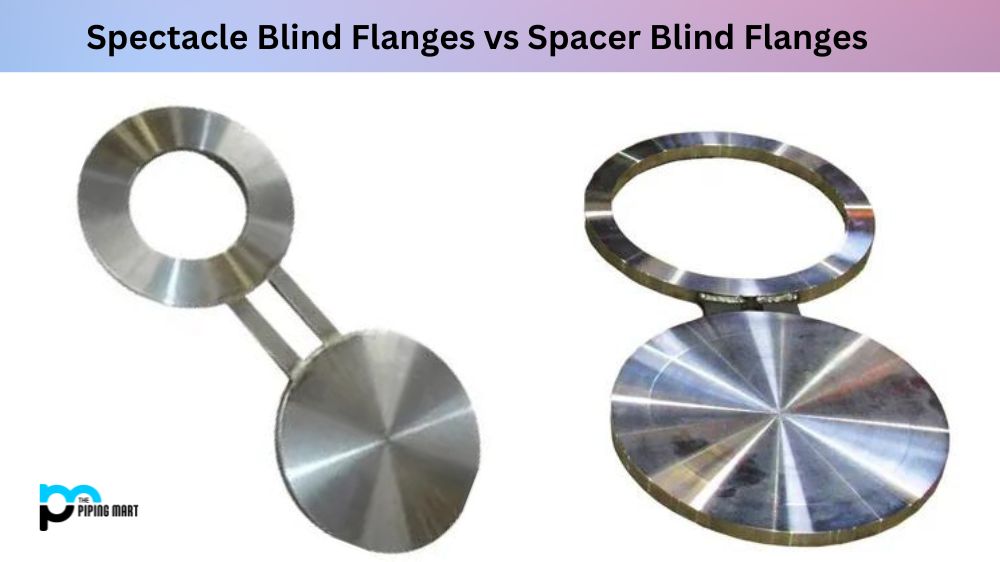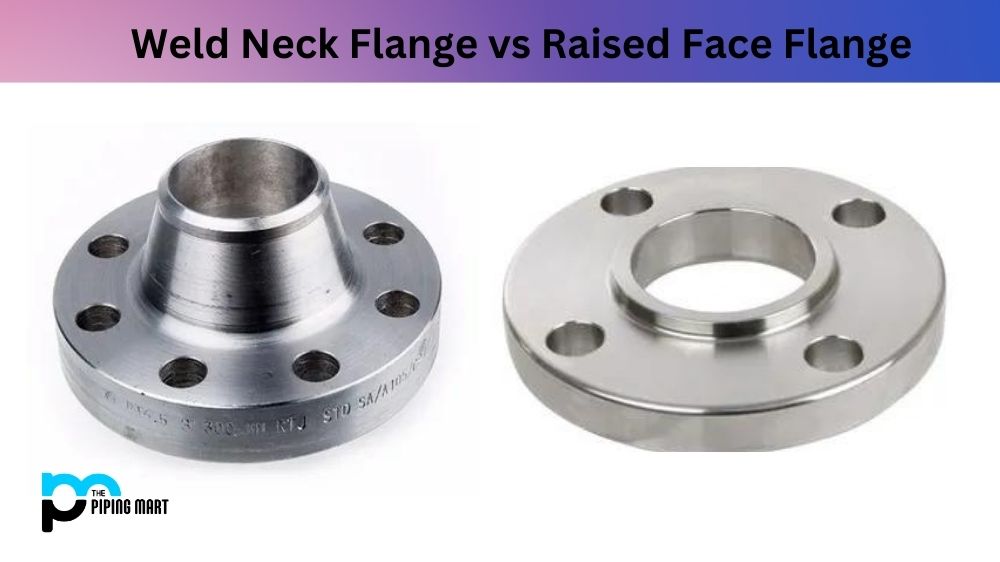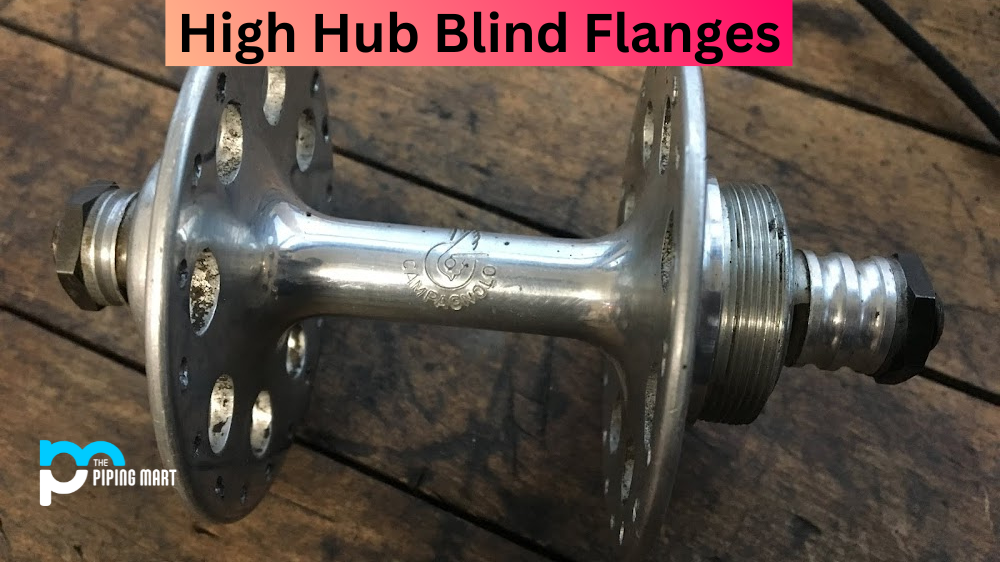When it comes to piping systems, different types of flanges are used based on the system’s specific requirements. Spectacle blind flanges and spacer blind flanges are two commonly used types. While these flanges serve a similar purpose, they have a few key differences that set them apart. In this post, we’ll discuss the differences between spectacle blind flanges and spacer blind flanges regarding their design, functionality, and applications.
What is Spectacle Blind Flanges?
Spectacle Blind Flanges, also known as figure-eight flanges, are a kind of speciality blind flange used when removing the equipment upstream of the flange connection is impossible. It consists of two metal discs that have been spot-welded together and cut in half. These halves form a spectacle shape with one solid portion and an open hole. The disc can be manufactured using any flat metallic material, including carbon steel, stainless steel or copper alloys. Spectacle Blind Flanges are commonly used in high-pressure applications such as cryogenic services as they offer superior strength over regular blinds and provide an effective seal at both pressure ends.
What is Spacer Blind Flanges?
Spacer blind flanges are a type of pipe fittings that are used to provide insulation and separation between two adjoining pipe sections. These flanges usually have no holes or openings, so they can create a complete seal when installed correctly. They are usually made from stainless steel, carbon steel, alloy steel, or nickel alloys and come in different sizes and shapes depending on the application requirements. Spacer blind flanges can be used on pressure vessels, heat exchangers, boilers, pipelines and many other applications.
Difference Between Spectacle Blind Flanges and Spacer Blind Flanges
Design:
The key difference between spectacle blind flanges and spacer blind flanges lies in their design. Spectacle blind flanges are made up of a ring or a plate with two metal discs that are attached to opposite sides of the ring or plate. The discs can be rotated to fit together to create a solid barrier or kept apart to allow for flow. Spacer blind flanges, on the other hand, consist of two separated rings, one with an open side and the other with a solid side. When installed, the solid side of one ring sits flush against the open side of the other, creating a barrier.
Functionality:
While both flanges are used as a shut-off and flow control mechanism, spectacle blind flanges typically offer greater flexibility in terms of functionality. The two separate discs on a spectacle blind flange can be rotated independently to either allow flow, block flow or isolate a specific section of piping without entirely shutting down the system. Spacer blind flanges, on the other hand, create a physical barrier and are typically used in piping systems that require no flow regulation.
Applications:
The choice between spectacle blind flanges and spacer blind flanges largely depends on the piping system’s specific application. Spectacle blind flanges are commonly used in systems that require periodic cleaning, maintenance, or repair. The rotating discs on spectacle blind flanges allow easy access to the piping system without shutting down the entire system. Spacer blind flanges, on the other hand, are used in systems that require temporary isolation, such as separating sections of a system for maintenance or repair.
Installation:
Both spectacle blind flanges and spacer blind flanges are relatively easy to install and can be installed by a trained technician with basic tools. However, spectacle blind flanges require a bit more care during installation due to their rotating components. Improper installation can result in leaks or damage to the flange. Spacer blind flanges, on the other hand, are more straightforward to install as they require being bolted together.
Cost:
The cost difference between spectacle blind flanges and spacer blind flanges is mainly attributed to their design and functionality. Since spectacle blind flanges have rotating discs, they require more material and manufacturing time, which results in a higher cost. Spacer blind flanges, on the other hand, are simpler in design and do not require moving parts, which lowers their cost.
Conclusion:
When choosing between spectacle blind flanges and spacer blind flanges, it ultimately comes down to the specific requirements of the piping system. While both serve a similar purpose, the key differences in their design and functionality make them better suited for different applications. Consulting with a trained technician or a flange supplier can help determine which flange type best suits your specific needs.

A passionate metal industry expert and blogger. With over 5 years of experience in the field, Palak brings a wealth of knowledge and insight to her writing. Whether discussing the latest trends in the metal industry or sharing tips, she is dedicated to helping others succeed in the metal industry.




